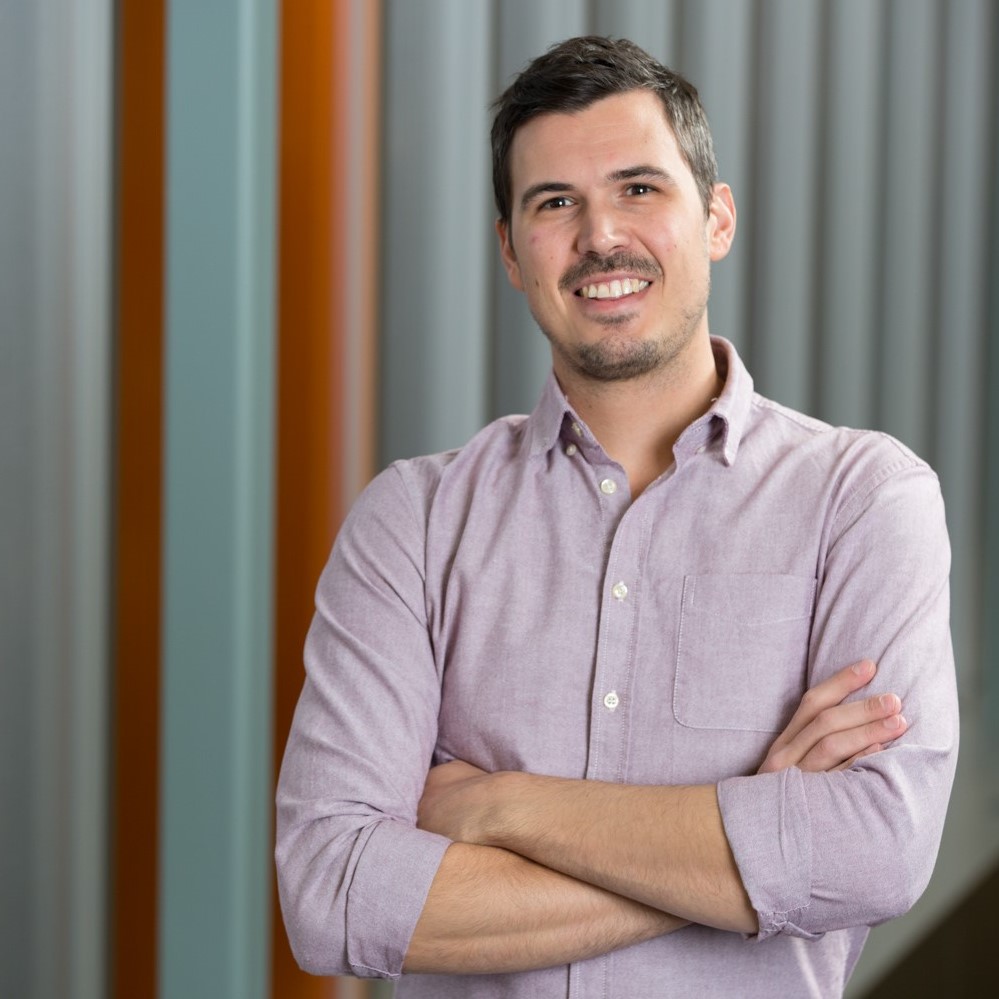2019 HDSA Berman-Topper Fellow
University of British Columbia
Mentor: Michael Hayden, MB, ChB, PhD, FRCP(C), FRSC
Can you tell us a little about yourself and how you got involved in HD research?
I’ve always been someone who enjoys finding solutions to complex problems. After completing my Bachelor of Science at the University of Ottawa, I reached out to Dr. Ray Truant at McMaster University who took a chance and gave me an opportunity to join his HD lab as a graduate student. My PhD research focused on using molecular and cell biology techniques to better understand what happens to the normal huntingtin protein when the polyglutamine tract becomes expanded in Huntington disease (HD). Following my PhD, I started my postdoctoral training with Dr. Michael Hayden at the University of British Columbia where I was able to expand my technical skillset and pursue more translational HD research focused on advancing huntingtin lowering therapies towards the clinic. I’m really grateful to Ray and Michael (along with many others in the HD community) for their support and continued mentorship.
In layman’s terms, please tell us some highlights about your HDSA-funded project. What is the potential impact of your project on HD research?
Reducing levels of the toxic mutant huntingtin protein in the brain is a promising strategy for treating HD. One approach to do this is to use specialized pieces of DNA, called antisense oligonucleotides (ASOs), to reduce levels of mutant huntingtin in the brain by preventing production of the toxic protein. ASOs are unable to enter the brain when delivered in the blood and must be delivered directly into the fluid that bathes the brain, the cerebrospinal fluid. ASOs delivered in this way may not reach all areas of the brain, including the area most affected in HD, the striatum. The limited distribution of ASOs in the brain could impact how effective these drugs are as a treatment for HD. Therefore, my work has focused on developing a delivery vehicle to shuttle ASOs into the brain from the blood. If successful, we believe that this vehicle may improve distribution of ASOs in the body and allow them to reach more areas of the brain. This strategy has the potential to make ASOs more effective in treating HD.
What do you like most about your work or the HD research field, and what is your biggest challenge?
Being involved in research that has the potential to impact individuals affected by HD inspires and motivates me. Working closely with Dr. Hayden during my postdoc has allowed me to focus on more translational HD research that leverages what we learn about the disease from preclinical studies in model organisms towards advancing potential therapies for treatment of HD. The biggest challenge for me has been to not let the setbacks I encounter in my own research slow me down or keep me from achieving my goals. This is almost always easier said than done. However, a setback in research often makes you pause and reflect on the research question which can help provide a fresh perspective on how to improve the design of future studies.
When you’re not working on HD research, what do you do for fun?
I really enjoy spending time outdoors. No matter the season, there is always something fun to do outside in Vancouver.
What has the grant support from HDSA meant to you?
I’m so grateful to the HDSA for supporting my growth as an HD researcher. The generous funding through the Berman-Topper HD Career Development Fellowship has allowed me to continue pursuing the research that I’m passionate about and will help facilitate my future transition to establishing my own HD research program. It has also fostered the formation of a working group with other Berman-Topper Fellows which has provided a forum to discuss research progress and has led to some exciting collaborative projects. The support provided by the HDSA is so vital to keeping bright, dedicated young scientists in the HD field as we continue our fight to treat this devastating disease.

 Dr. Nicholas Caron
Dr. Nicholas Caron 